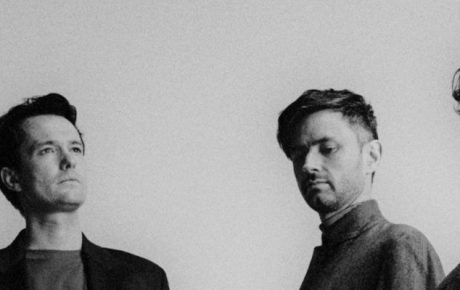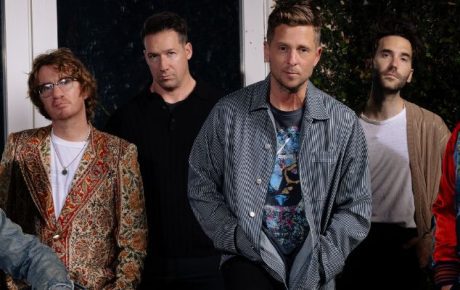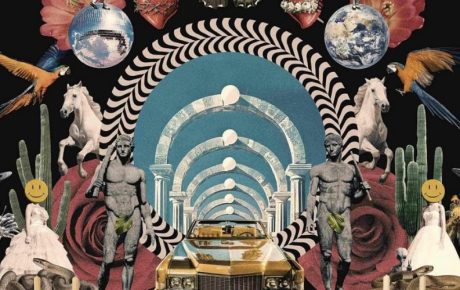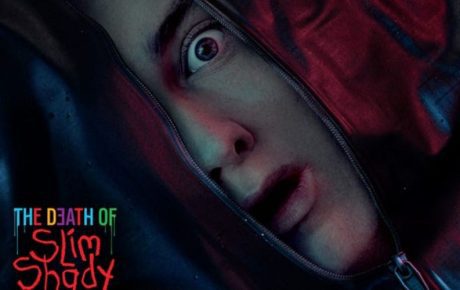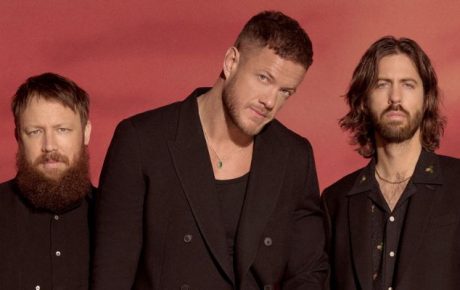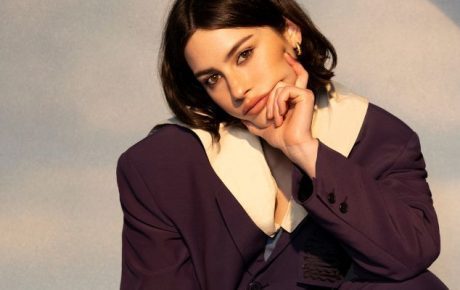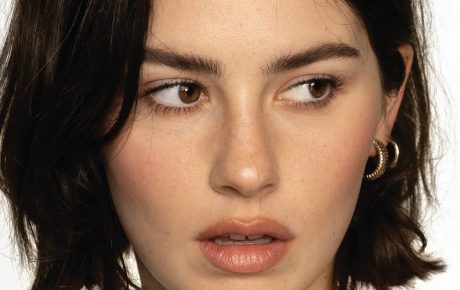Since its rise in the 1970s, the allure of punk rock has always been its blatant rejection towards the mainstream. Adopting a cutting-edge DIY approach to not only the music but also the fashion, punk rock stuck a middle finger in the air, told you to “F off,” and looked effortlessly cool while doing it. While rock and roll artists strutted around sold-out arenas in sequins and suits, emerging punk talent would rock it out in grimy bars in thrifted getups and chunky boots. They could care less about rising to the top of the pop charts and just made the music they wanted to make.
Today, pop artists are channeling their inner punk with heavy drums and choppy guitars making a comeback. They’re swapping their perfectly curated outfits for ripped jeans and hand painted jackets and cutting and colouring their hair in all sorts of DIY creativity. But why are artists that have always run with the mainstream suddenly turning against it? We take a look at the sound of punk rock over the years and how it’s evolving with the new music of today.
The Sound of Punk Rock From The 80s – 2000s
As the decades continued to turn, what it meant to be punk shifted from artist to artist. While the leather jacket and faded Levi’s aesthetic of the 70s was still held in high regard, new bands began to adopt punk elements and make them their own. 80s bands such as Joy Division and The Cure made punk moodier and softer. They rebelled against the synth-pop movement of their time and took the distorted basslines and angsty lyrics of their ancestors and created a new form of punk: gothic rock. The leather jackets were replaced with turtlenecks and button-up shirts, and heavy eyeliner and distinctly pale skin became a new trend. It didn’t matter that these new bands didn’t look or sound like the former rockers of the 70s, what mattered is how they continued to believe in the punk philosophy of rebelling against whatever was hot and current.
Around the 90s and early 2000s, a lot of different forms of punk began to emerge. The grunge movement had stemmed from the early 90s and had produced rebellious bands such as Nirvana and Pearl Jam, both of which helped to identify the new sound of rock. But a new, slightly bigger, movement was also beginning to rumble. The world of pop punk. By the early 2000s, bands such as Blink 182, Fall Out Boy, Sum 41 and Weezer (and so many more) were all helping to pioneer a whole new wave of punk. Aesthetically, they held the vision of what you’d expect a punk to look like (gotta love those wristbands and the random need to be wearing a loose tie at all times), but sonically they incorporated elements of pop into their angry guitars. The biggest factor though for pop punk was their age. Although they certainly weren’t the first 20-somethings to make music for teens, somehow it all just hit different. Pop punk became the language of the adolescent and the movement became so powerful it arguably took over punk rock as a whole.
The sub-genres from pop punk included skate punk, post-punk, alternative rock and the biggest: emo. Like their 80s idols, pop punk bands tapped into their emotional side and made punk more gothic. Songs weren’t just heavy; they were emotionally heavy. They’d perfectly line up punching riffs with equally punching lyrics and give you more heartbreak than any standard pop love song could. They spoke to every pre-teen in a way that nothing had before, and they were reinventing what it meant to be punk in the modern age. For the kids that didn’t like the teenyboppers of the pop world, pop punk was waiting for them with arms wide open, accepting them as the awkward misfits that they were.
The Sound of Punk Rock Now
From the late 2000s, pop punk slowly began to fizzle out. Bands kept the rock elements but began to leave the angsty punk ones behind. Cut to today. An emerging trend is floating through most new tracks from pop artists that’s hard to ignore. The heavy guitars are back, the pounding drums are resurging (thanks to pop punk icon Travis Barker) and the lyrics are getting more angsty and emotional.
In 2019, indie-pop queen Halsey popped up on the emo-punk ballad ’11 Minutes’ with cut-from-the-cloth punk YUNGBLUD and Blink 182’s Travis Barker. Although citing pop punk as a major influence on her as a kid, Halsey had never dabbled into the genre on her own musical endeavours until now. Her whimsical and alternative hits screamed more Arctic Monkeys than Fall Out Boy, but suddenly she was dipping her toes into the pop punk genre and absolutely nailing it.
It was only a few months later when her striking hit ‘Nightmare’ dropped, its hardcore sound emulating not only her pop punk icons but punk groups from way earlier. Instead of her blue hair and sundresses, Halsey was now donning Patti Smith hair and combat boots, and letting blood spill from her teeth. (She even got Blondie’s Debbie Harry to literally appear in the music video). The track was so well received that Halsey steered more into the sound, curating the screamo jam ‘Experiment On Me’ for the Harley Quinn: Birds of Prey soundtrack and hinting at dropping a full punk-influenced album.
As well as Halsey, rapper Machine Gun Kelly has also heavily steered into the punk skid. Starting out as pure hip hop, in 2019 he officially showed his punk influence with the hit (also with YUNGBLUD and Travis Barker – sensing a theme?) ‘I Think I’m OKAY.’ And it wasn’t just the music, his entire aesthetic changed. He bleached his hair, started customizing his own clothes and wouldn’t be seen anywhere without his layers of chokers. Electric guitars slowly became more prominent in his tracks than trap beats and he looked more like a rocker than his old rapper self. His upcoming album Tickets to My Downfall is also said to be a full pop punk album.
But the influence doesn’t have to always hit you right in the face to still be there. Although he’s a hard one to place into any box, Post Malone primarily identifies with hip hop; but his recent hits have dabbled into the areas of punk rock. His 2019 album Hollywood’s Bleeding features Ozzy Osbourne on the electric ‘Take What You Want’ and ‘Allergic’ sees him scream the chorus. Not to mention Posty’s knack for customised outfits and moving to the beat of his own drum.
With 5 Seconds of Summer, the band started out as primarily pop punk before crafting their sound to experiment with more grunge rock sounds. Their latest album CALM sees more distorted basslines and punchier drums to accentuate more of the punk and less of the pop. On ‘No Shame’ they channel 90s nu metal, on ‘Easier’ they amp up the guitar and on ‘Teeth’ they make punk sound almost spooky. Although less traditionally punk, their new style shows all the creativity and experimentation with coloured hair and chains.
So why the sudden change? Why are primarily pop artists suddenly turning against the mainstream and picking up elements of punk? It could be said that they’re just experimenting with new sounds, or that it’s just music rotating in its cycle yet again, but maybe it’s a message for the evolving pop scene. In a genre that’s so dependent and judging on what’s new and fresh, artists could be turning against traditional pop as a protest just as original punk bands once did. Whatever it is, it’s (ironically) becoming a trend for today’s music. Pop stars are hitting back at criticism, sticking their middle finger in the air and, very politely, telling us all to just “F off” for a bit.

